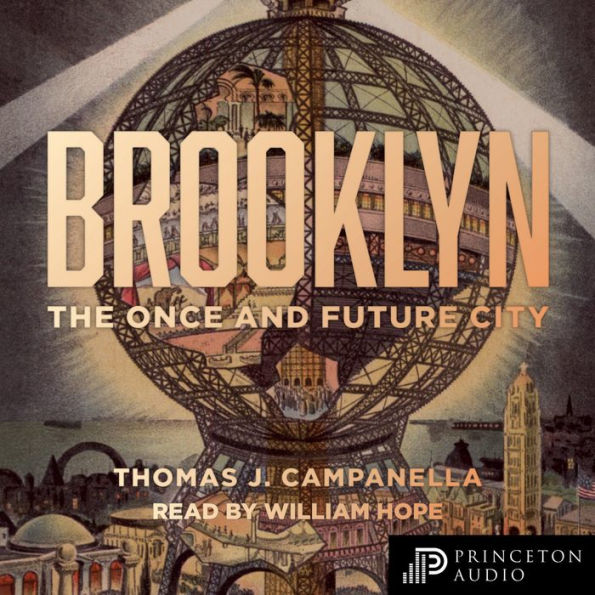The Economist
"Mr. Campanella . . . aims to give an account of ‘the Brooklyn unknown, overlooked and unheralded—the quotidian city taken for granted or long ago blotted out by time and tide.’ He succeeds admirably . . . Brooklyn: The Once and Future City is a nuanced portrait of a diverse group of communities. Genteel farmland, then a byword for urban blight, and now the apotheosis of hipsterdom and gentrification—Brooklyn has seen it all. Mr. Campanella, a native Brooklynite himself, brings both love and scholarship to his writing, revealing the true spirt of this fractured land."
From the Publisher
Winner of the PROSE Award in Architecture and Urban Planning, Association of American Publishers
Finalist with Special Recognition for the Brendan Gill Prize, Municipal Art Society of New York
"Finalist for the On the Brinck Book Awards, The University of New Mexico"
Kirkus Reviews
2019-06-11
A lively biography of New York's second borough, "long lost in the thermonuclear glow of Manhattan" but eminently worthy of attention and affection.
One doesn't often think of New York City as a place where geology matters, buried as it is under all that concrete and steel. Yet, as Campanella (Urban Studies and City Planning/Cornell Univ.; The Concrete Dragon: China's Urban Revolution and What it Means for the World, 2008, etc.) observes, it's worth remembering that in Walt Whitman's day, Brooklyn was a place of "ample hills." Even today, the settlement patterns of the borough speak to the glacial past, with the creative class concentrated north of the ancient line of moraines and the till below the "dominion of immigrant strivers and working-class stiffs," sans hip boutiques and coffee shops. There was a time when Coney Island was once an island, a time before Robert Moses carved into the western confines of Long Island a new geology of roadbeds and tall bridges. Campanella delights in overturning received wisdom as he moves from place to place: George Washington made a "strategic error" in trying to defend New York "against Britannia's mighty clenched fist" when, after all, New York was a seaport and Britain the world's chief naval power, and when Brooklyn was loyalist—all good reasons, he suggests, for the disastrous Battle of Brooklyn to be one of those things not often mentioned in polite company, to say nothing of textbooks. Those who try to navigate the traffic from Brooklyn to anywhere nearby won't necessarily be cheered to know that people were complaining about "bridge crush" 120 years ago ("Brooklynites needed no trolleys to get to hell—they'd go a faster way"). Of particular interest are Campanella's concluding remarks on the nature of the gentrification now affecting so much of Brooklyn, which involves a stifling lust for authenticity: "Gentification kills the real McCoy," he writes, memorably, "to venerate its taxidermal remains."
Teeming with information, this is a must-read for fans of urban history.





